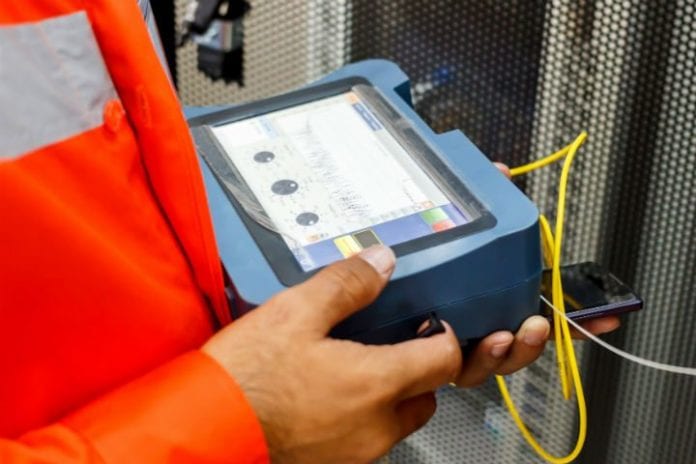Canadian telematics firm Geotab is making available hyper-local weather and environmental data from its fleet of over one million vehicles across the globe. It is offering the live feed of information to city authorities, agencies, and application developers to make informed decisions about road maintenance and safety.
Geotab has made its name as the author of a GPS fleet management platform, sold primarily into North America and Europe, including to a number of Fortune 500 companies. More recently, it has expanded into new market regions, too. It’s fleet management software is connected to around 1.2 million vehicles worldwide.
The Toronto-based firm has since found new applications for its data, including in the provision of ‘hyper-local’ vehicle data to cities, revealing environmental conditions at very precise locations, including bumper-to-bumper at the road level. It is offering the data, anonymised and aggregated, to developers on an open portal.
Mike Branch, vice president of data and analytics at Geotab, said: “Having visibility into temperature patterns may become increasingly important for municipalities committed to creating energy-efficient urban environments and smarter cities. By leveraging hyper-local temperature data, cities are equipping themselves with tools to make informed decisions, and to build safer and more sustainable communities for all.”
In particular, Geotab said the environmental data, taken from sensors already in the fleet vehicles its software monitors, can be used by cities to identify local areas that are hotter or colder than city-wide averages, with potential to impact road surfaces and infrastructure, and driving conditions.
Bob Bradley, data solutions manager at Geotab, told Enterprise IoT Insights: “Imagine you’re stuck in traffic jam, and the heat is rising. Imagine the weather has dropped below zero on an exposed section of road. Cities can now access this information, about roads melting in heatwaves or bridges icing over, and respond accordingly.”
Cities can deploy engineers to deal with immediate issues, and also use the data to identify road infrastructure that is liable to fail because of repeated exposure to extreme weather conditions. The data feed also mixes information about vehicle types, said Bradley, enabling highways authorities and urban planners to identify routes that are worn by heavy goods vehicles.
This way, cities can deploy maintenance staff or ‘green infrastructure’ (plant life) to improve conditions. The data is provided to Geotab’s fleet customers as well, to be able to respond to extreme weather on local routes, and re-route vehicles as required.
The point is Geotab’s weather readings are often very different to the data collected by nearby weather beacons and weather stations, and typically available to city agencies.
The company has published an interactive map showing heat patterns in the 20 most populous cities in the US, caught as a moment in time last summer. The data was gathered from 50,000 points, in vehicles in the cities, and combined with local weather data, covering temperature and wind levels.
The map shows massive variations in weather in the same cities. The greatest temperature ranges were in Los Angeles (37°F, with a high of 108°F and a low of 71°F) and Phoenix (30°F, with a high of 115°F and a low of 85°F). Seattle experienced the lowest temperature range of 8°F, with a high of 70°F and a low of 62°F.
“What happens when city roads get too hot? Roads lose their texture and skid resistance, making it more difficult for cars to break. Trains can’t run at maximum speeds because the tracks expand and distort. This ranking shows which cities are most at risk for the problems listed above,” the company said.
“Conversely, when it’s cold, the same technology can detect road and bridge ice formation and prioritise where to direct salting crews and warn nearby motorists.”
Geotab is seeking to collaborate to develop the data set on its open portal. “We are allowing people to engage with the data there, and work with our team to augment or change it,” he explained.

